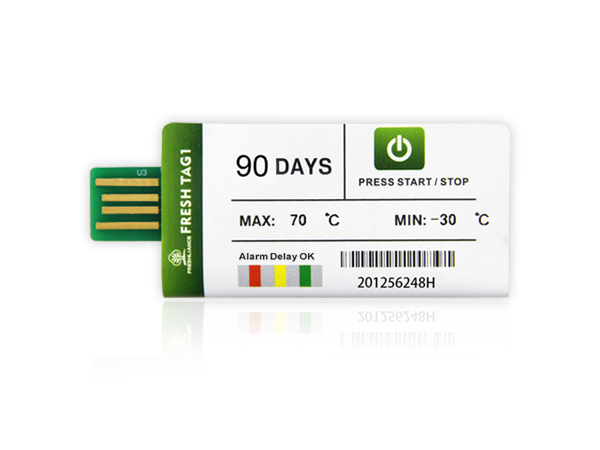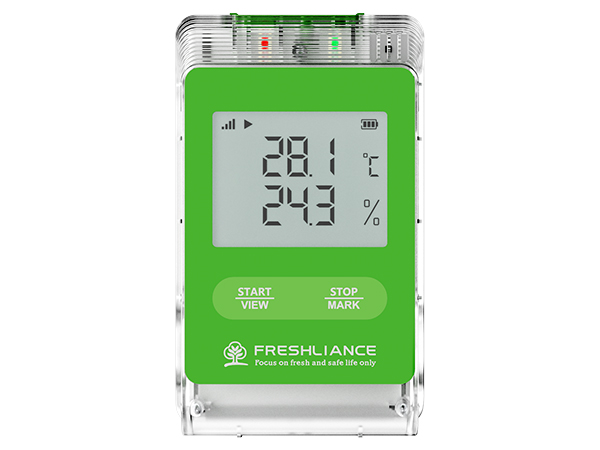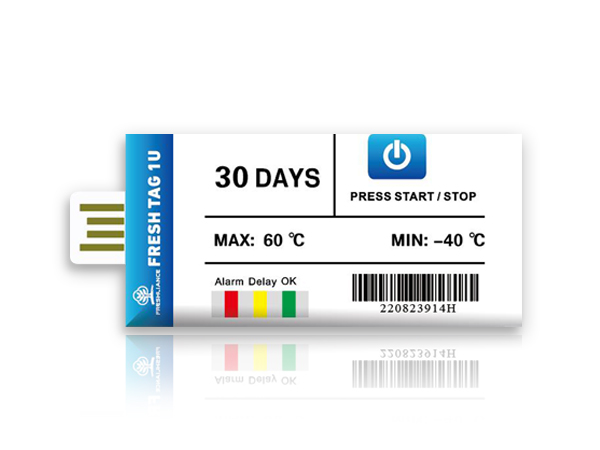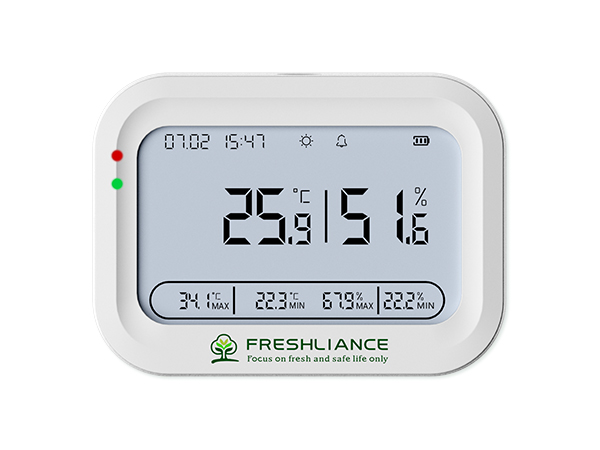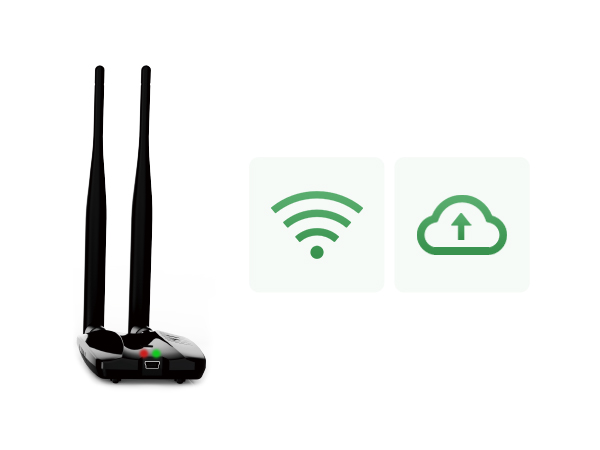Maintaining the graft at temperature
For the past ten years, the trend has been to expand the pool of potential donors to include people with stopped hearts or elderly donors who have died of cardiovascular causes, but by definition they are harder to preserve and require even tighter monitoring of the cold chain.
With a resurgence of diseases such as heart failure, transplants have been on the rise for the past 10 years. The most frequently performed are: kidneys, liver and heart.
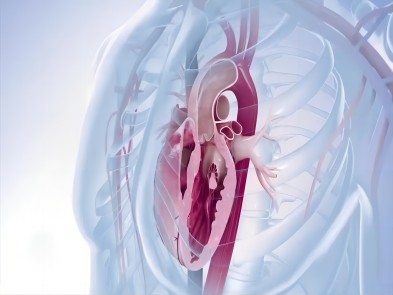
Cold chain regulations
EN 12830 standard: remote temperature monitoring
This regulation, approved by AFNOR, is probably the most important in terms of cold chain regulations since it determines the characteristics of effective temperature monitoring during transport. Its texts describe the functionalities for a connected temperature recorder to be compliant. For graft transport, the challenge of real-time transport monitoring is even greater.
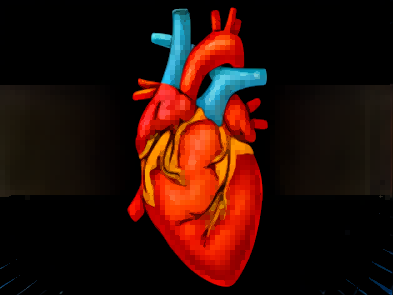
Features of graft transport
The containers for each stage are jars, boxes and bags, they are sterile, waterproof and disposable. The organ must be immersed in a volume of preservative fluid at 4°C specifically to prevent tissue damage and maintain viability.
The container has a transplant tag with its harvest date and must be equipped with a temperature tracer for continued data collection. In some cases, the graft is placed on a bed of non-sterile crushed ice for transport and stored in three sealed and covered containers (primary, secondary, and tertiary). It is often recommended to use an insulated electric cooler to hold the removed organ cells.
Follow-up of the transplant transport
The challenge is also to monitor the temperature remotely, to be able to control the refrigeration immediately and preserve the graft. Indeed, the perfusion solution must now be at 4°C and the donor blood that continues to feed the heart in the case of a transplant must be maintained between 4°C and 6°C.
The device which holds the heart is the last step before a transplant. It must receive an organ that has not suffered any damage and the real time temperature tracer is the guarantee of a remote temperature monitoring and thus of the viability of the organ at the end of the chain.
If the graft is subject to identification traceability, its maintenance is always random and not guaranteed.
Everything involved, from collection to transplantation, is responsible for its condition. Isothermal and refrigerating equipment is a means of containing, but not a means of monitoring the temperature of the organs transported. The cold chain should be guaranteed up to the operation.
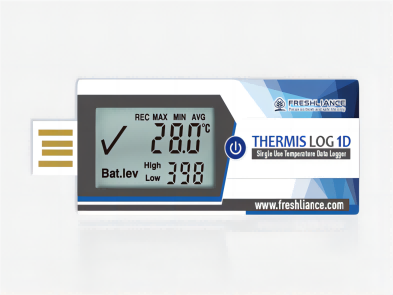

 English
English Español
Español Русский
Русский Français
Français Deutsch
Deutsch عربي
عربي 中文
中文